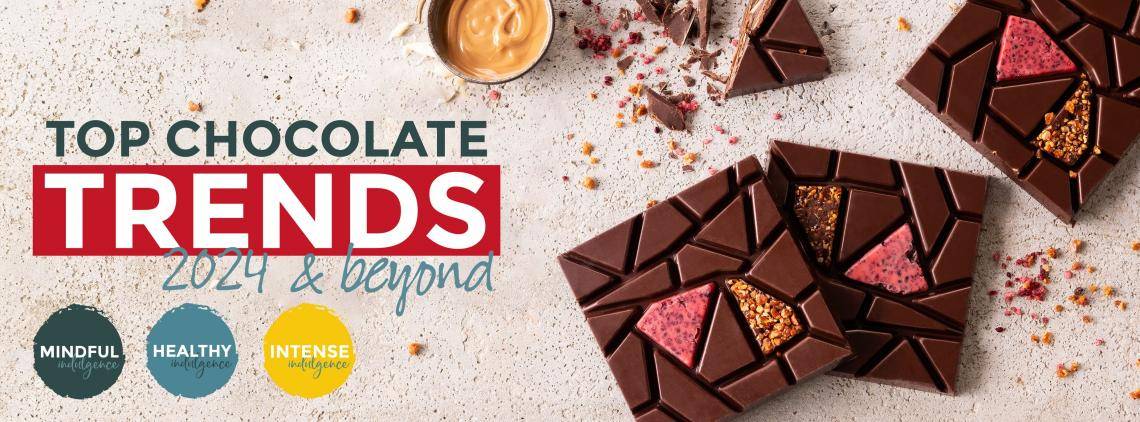Chocolate confectionery is a significant market, expected to be worth over 128 billion US$ (130 billion Euro) in global retail sales by the end of 2024. With a volume growth of +2% over the next 5 years to 20271, it is also a dynamic market.
With the recently seen price increases, we see consumers respond in two ways:
Research2 suggests that half (54%) prefer to purchase premium, high-quality chocolate. This means consumers continue to treat themselves by celebrating and escaping the ordinary experience by purchasing small luxury items, such as premium and high-quality chocolate.
Conversely, nearly 7 out of 10 consumers (66%) are looking for better value for their money. This group is also looking for ways to get more for their money, such as buying in bulk, taking advantage of economies of scale, or switching to private-label brands.
In both cases, consumer preferences depend on their mood or mindset and their specific attitude towards life. Driven by changing consumer attitudes, how do the different types of indulgences change the landscape in the chocolate confectionery market?
1Euromonitor 2023; Compound Annual Growth Rate (CAGR)
2Innova 2023
Consumers look for Intense Indulgence when they want to enjoy life to the fullest. They want immersive experiences.
Based on our proprietary research among 11,974 participants, in August 2023:
3 out of 4 consumers (74%) want to try new and exciting chocolate experiences
two-thirds (65%) of consumers prefer chocolate confectionery that has multiple textures
Consumers want unique, rare, seasonal, and premium chocolate, especially limited editions. 50% will buy limited editions on impulse, and 64% seek out premium chocolate.
Consumers perceive chocolates with a unique story about their origin or production as being of higher quality. According to our research, 61% of people appreciate brand storytelling, and the same percentage actively seeks out seasonal chocolate confectionery.
About 70% of consumers want unique, exciting chocolate with multiple textures and flavors. There are three ways to deliver multi-sensoriality: offer new tastes, appeal to the eyes, or surprise with textures.
Chocolate preferences by regions
Although there are more similarities between the regions, there are some divergent points, such as:
Chocolate origin and ingredients: 80% of consumers in Latin America and the Middle East & Africa want to learn more about the chocolate’s origin and ingredients, while only 55% of consumers in North America do.
Premium chocolate: Nearly 8 out of 10 consumers in Latin America and Middle East & Africa prefer premium chocolate, compared to 6 in 10 consumers in Western Europe.
Tasty, good for me, and good for the planet: The majority of consumers in Latin America, Middle East & Africa, and Eastern Europe are looking for chocolate that is tasty, good for them, and good for the planet.
Healthy boosting chocolate: Nearly 8 out of 10 consumers in Latin America, Middle East & Africa, Asia-Pacific, and Eastern Europe are interested in a healthy boosting chocolate, compared to 6 in 10 consumers in Western Europe and North America.

















